Jean Paul Lemieux (1904 – 1990) was a renowned Quebec painter, illustrator, art critic and teacher, one of Canada’s most significant artists.
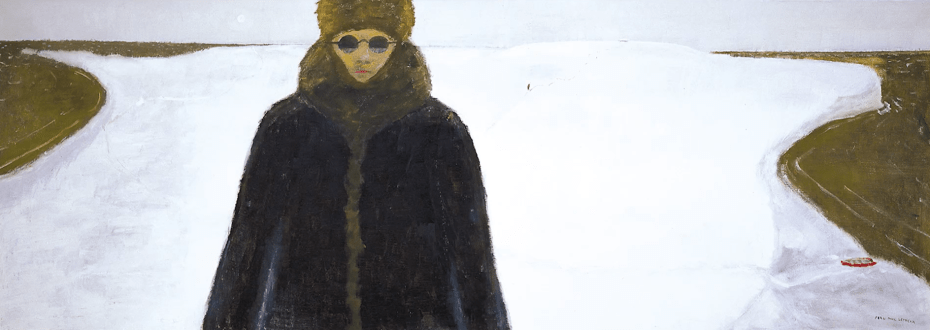
Lemieux is well recognized for his paintings of the desolate, seemingly infinite spaces of the landscapes of Quebec, the National Gallery of Canada notes. “Many of his works are permeated with an intense feeling of mystery.”
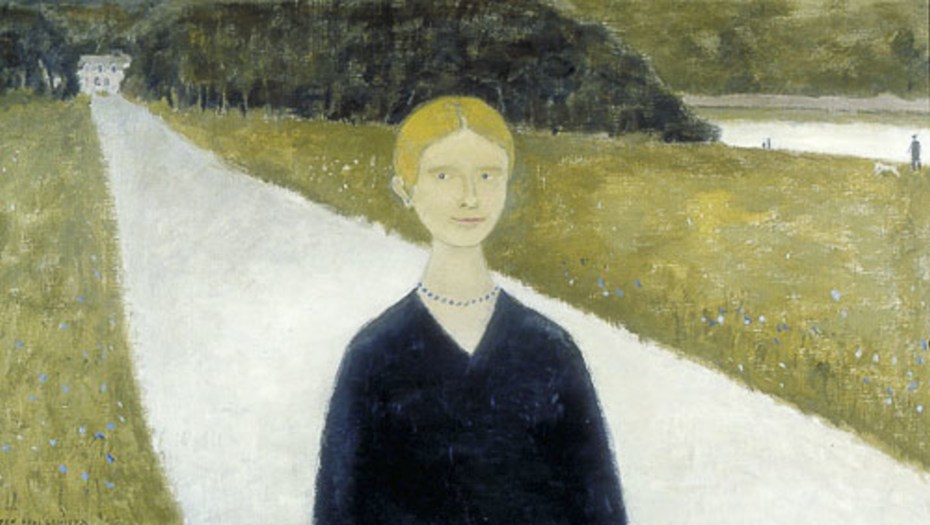
The minimalist style of his monochromatic landscapes and portraits are uniquely Lemieux’s.

La plage américaine.oil on canvas, 46 x 69.5″ 1973
The solitude we all have to live with
I paint because I like to paint. I have no theories. In my landscapes and my characters I try to express the solitude we all have to live with, and in each painting, the inner world of my memories. My external surroundings only interest me because they allow me to paint my inner world.
jean paul lemieux

Lemieux studied at the Montreal School of Fine Arts from 1926 to 1929, where he demonstrated a talent for illustration – later in life illustrating several books including a new edition of the iconic Québécois novel Maria Chapdelaine (above, 1981). He spent a year in Paris, returned to Montreal for a teaching diploma, and taught from 1937 to 1967 at the École des Beaux-Arts in Québec.
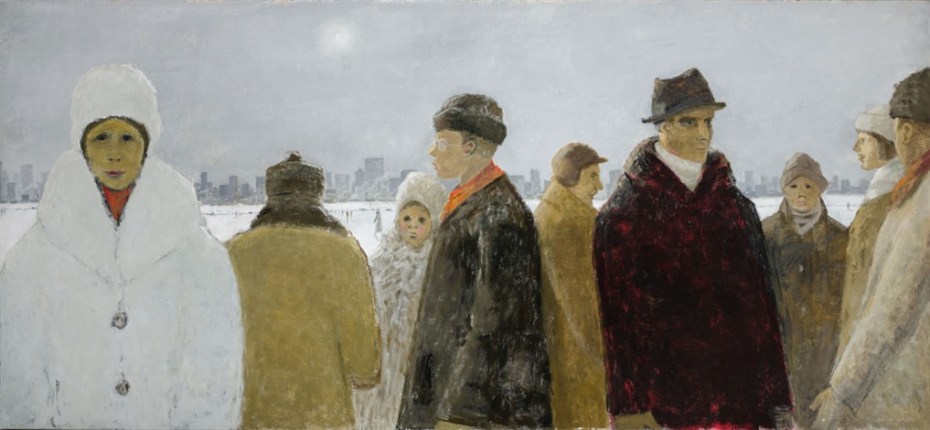
A formative experience at 10
In 1914, when Lemieux was 10, he had a formative experience during one of the summers his family spent at Kent House, a resort outside Québec City at Montmorency Falls. An American artist was creating large paintings for one of the hotel’s lodges. This prompted Lemieux to start making sketches, and to paint his first watercolour.
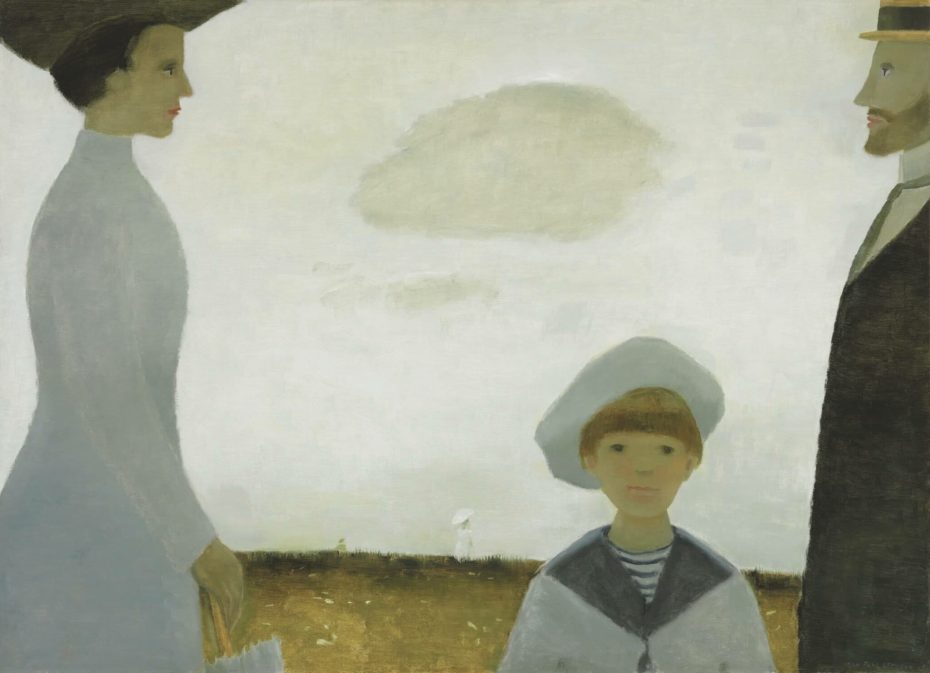
The painting 1910 Remembered (one of his most recognizable) recalls those summer days at Kent House. It’s one of the autobiographical paintings that marked Lemieux’s classic period (1956 to 1970). Another is Summer of 1914, done in 1965, below.

In the 1930s, Lemieux was inspired by the rural and picturesque landscapes of Charlevoix and the Eastern Townships. By the 40s he was into popular art, notably in the painting Our Lady Protecting Québec (1942), and large compositions like La Fête-Dieu à Québec (1944) below.
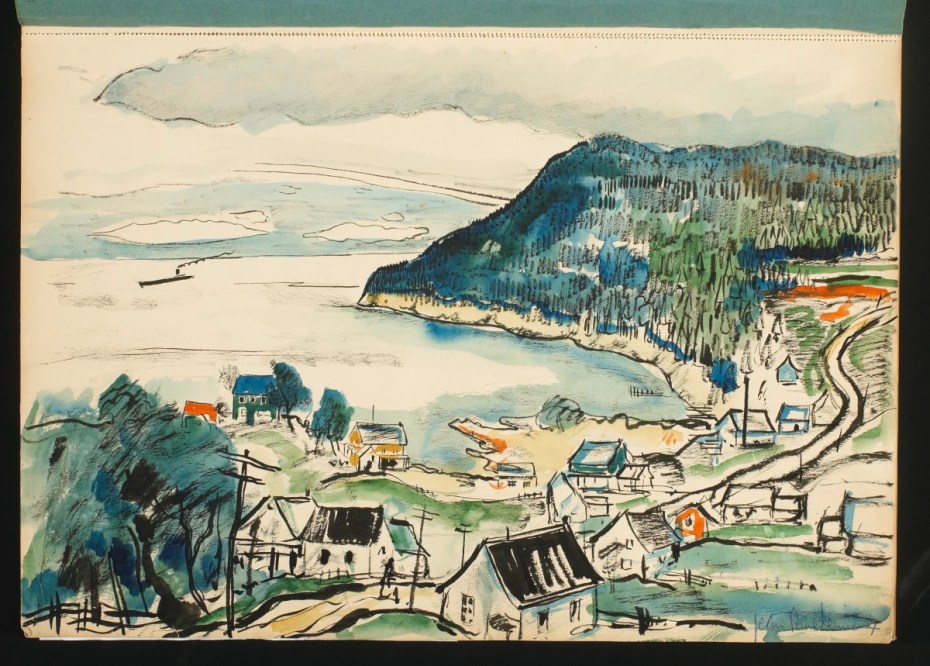

From the 1950s, along with Les Ursulines (1951) (below), Lemieux began to simplify his style, painting static scenes composed of a bare space on which shapes and characters stand out. Subsequently, he produced several notable paintings such as The Evening Visitor (1956) and Midday Train (1956).
He was recognized internationally
From Lemieux’s first major honor (Quebec’s top art prize for his 1951 painting (Les Ursulines) his reputation grew. Through the 1960s, he had solo exhibitions in Vancouver, Toronto, Montréal, and Québec City, and was part of four biennial exhibitions at the National Gallery of Canada.
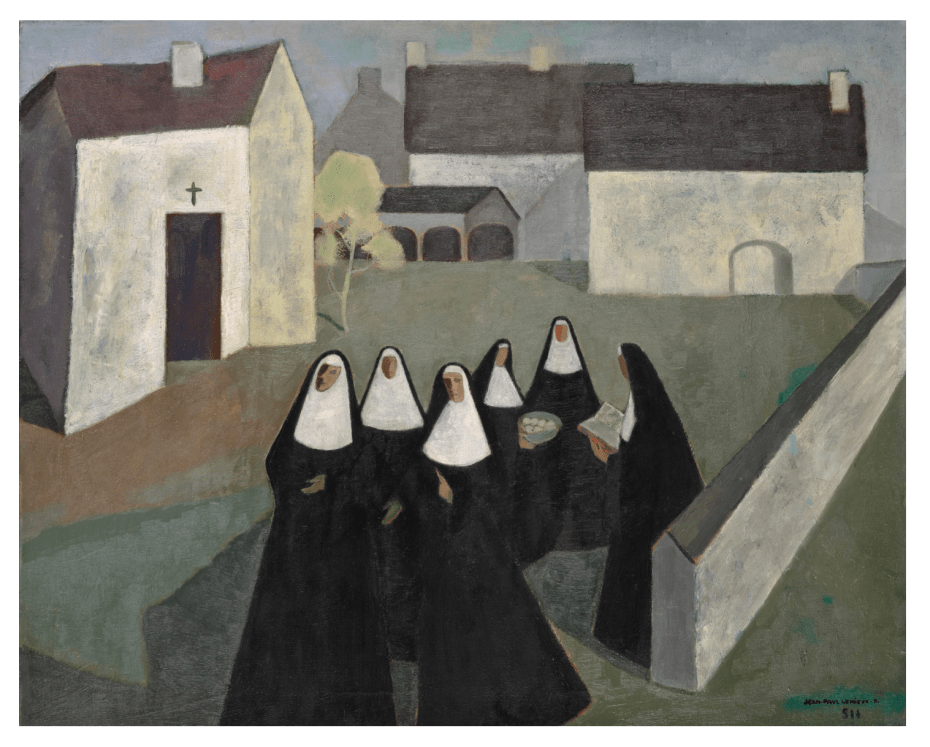
His work was also exhibited at the Bienal of Sao Paulo, the Brussels International Exposition, the Museum of Modern Art in New York, the Tate Gallery in London, and the Musée Galliera in Paris. He represented Canada at the 1960 Venice Biennale and in 1968, became a Companion of the Order of Canada.
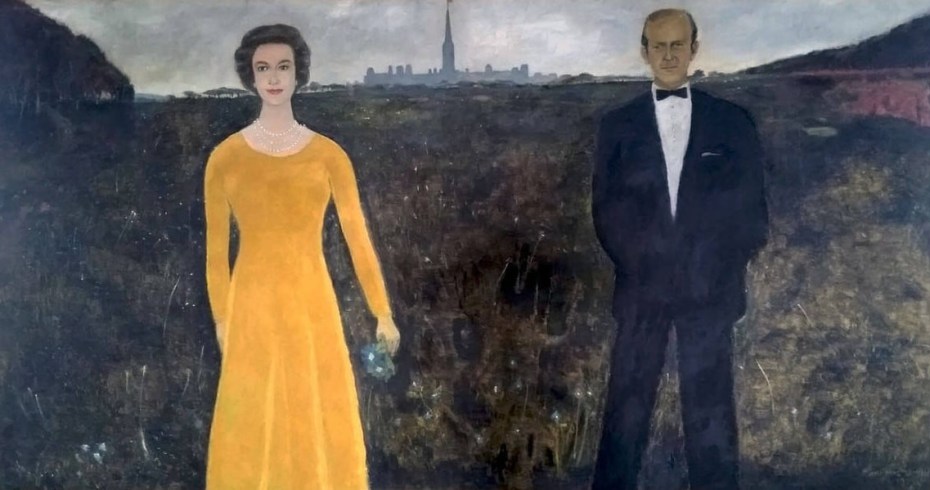
He painted until his death at 86
Lemieux continued to paint until his death at age 86 in 1990, including this commission from the Government of Canada (above). At the time of the unveiling in 1979, Lemieux explained that the flat, blunt style was a deliberate decision to distance the work from formal royal portraiture and to give it a distinctively Canadian character.
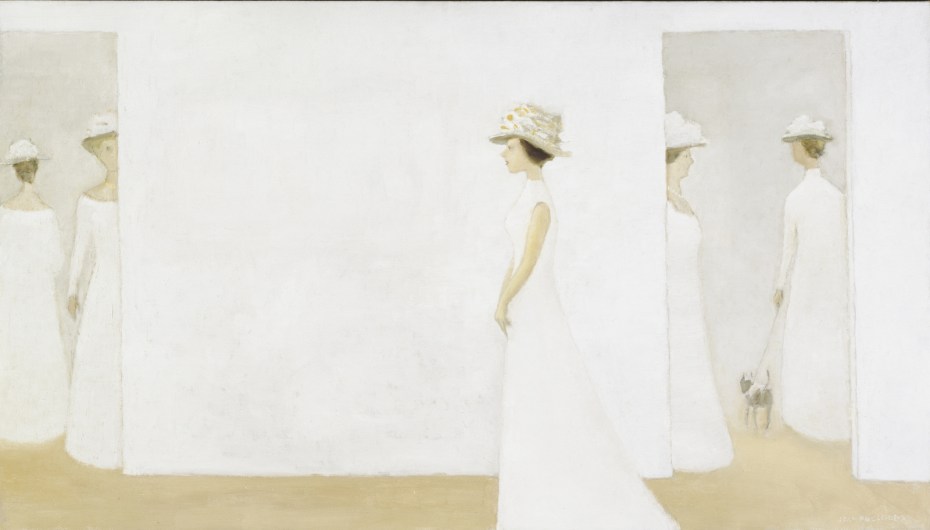
A popular retrospective of his work, Silence and Space, was held in 2022 at Le Musée national des beaux-arts du Québec, here. Many of his most striking, austere, monochromatic works were included (La Visite des Dames), above.

The artist’s austerity wasn’t cold-hearted. His horizontal vistas always contained at least a hint of humanity: a misty train, a snow-blurred structure, a fence. He was credited by at least one critic for reintroducing the figure into the Canadian landscape.
Anita Lahey, 2020, National Gallery of Canada magazine, here.
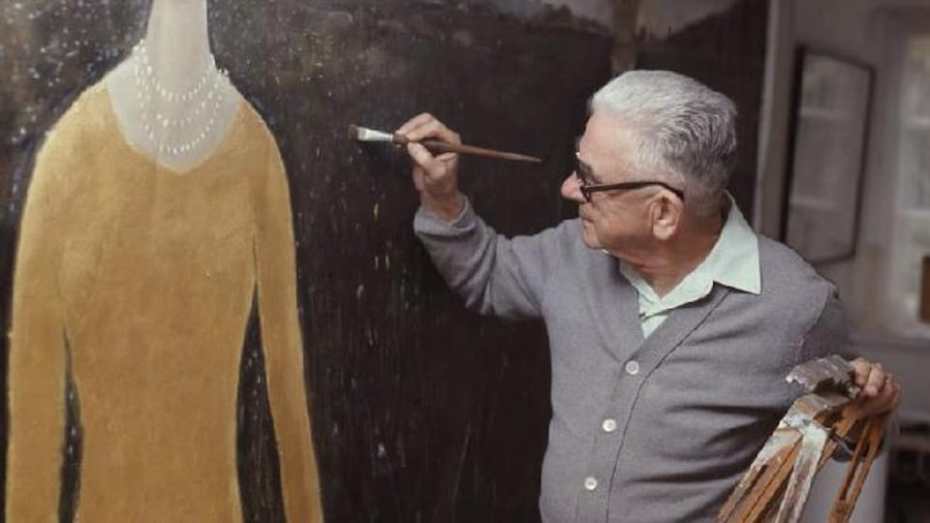
Read More About Jean Paul Lemieux
The Art Canada Institute’s fascinating online book on Jean-Paul Lemieux here.
A short National Gallery of Canada article that explore’s his style, here.
The Canadian Encyclopedia, here.
Browse More Works by Jean Paul Lemieux
The Lemieux collection at Le Musée national des beaux-arts du Québec, here.
At Mutual Art, here.
At artnet, here.

This is No. 62 in 150 Artists, an ongoing series on Canadian artists you should know.
Discover more from Canadian Art Junkie
Subscribe to get the latest posts sent to your email.


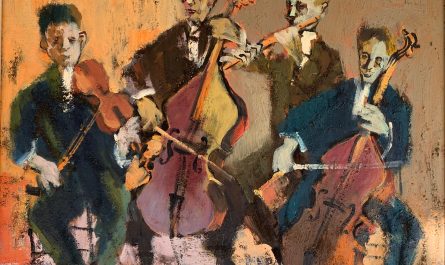



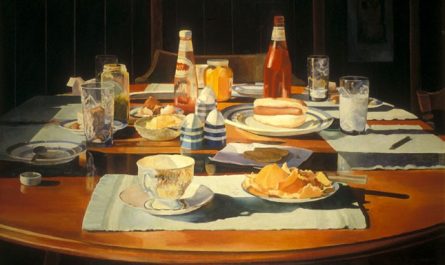
Terrific article JW!
I adore Lemieux’s work, and I absolutely feel the solitude.
In that sense he was wildly successful.
Outstanding. His work feels so quiet. Quiet surrounded by stillness. No worries, or cars, just there. They aren’t dangerous, or edgy, the work invites one into a world that has been lost at the shore. I love it.
That’s it . . . you captured exactly how it feels to stand in front of one of his works. They are often very large and always powerful in their stillness, kind of a meditative experience. I am so happy to introduce you to him. Thank you for your wonderful comment.
Thank YOU FOR THE INTRODUCTION.